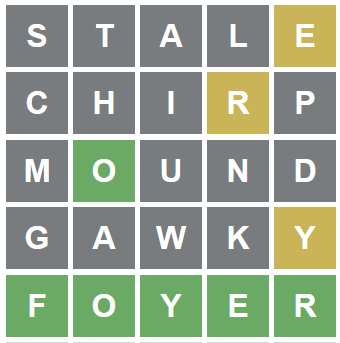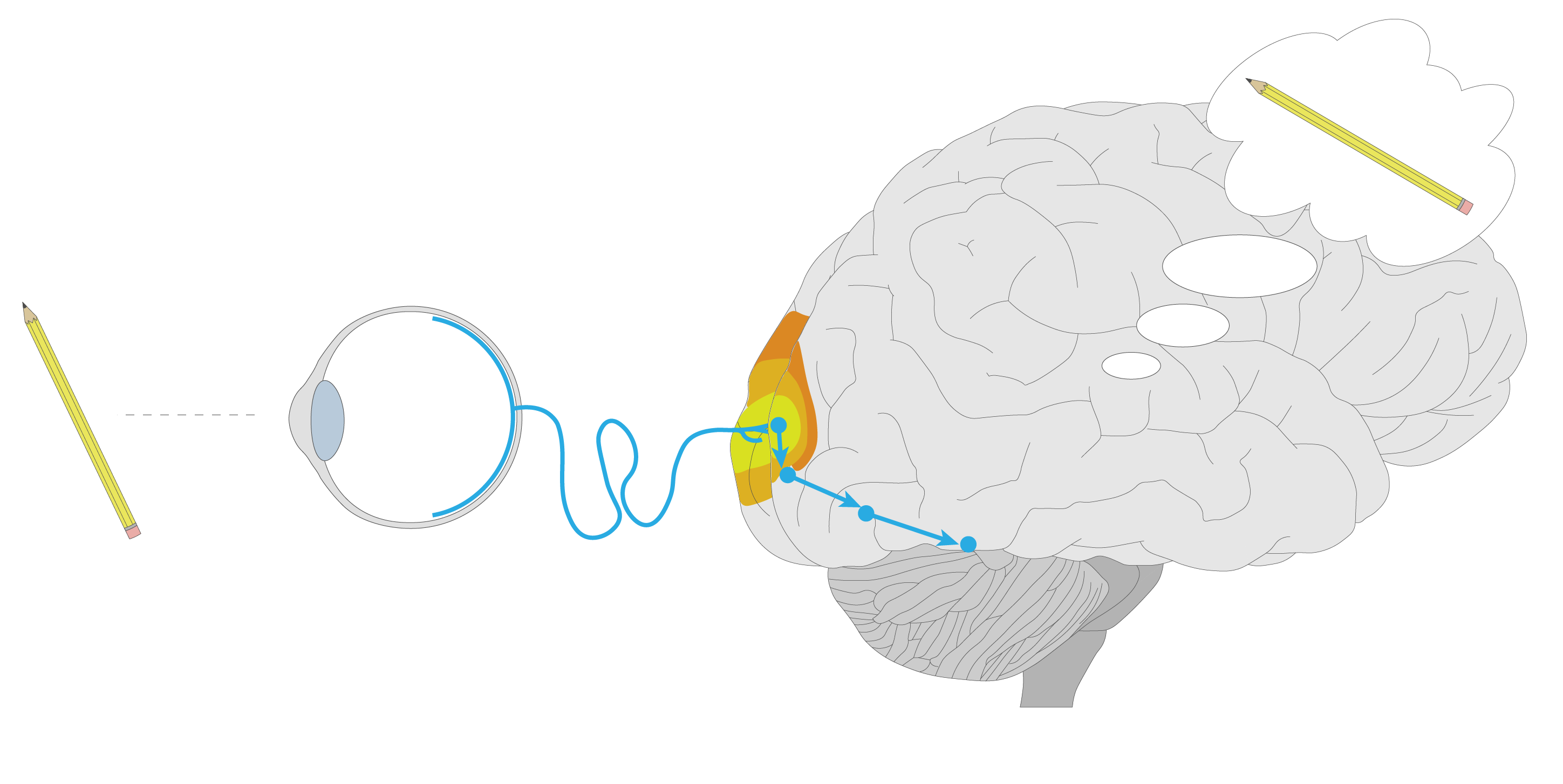Disclaimers: (1) I’m not an official party spokesperson, just a random member making a post, (2) these are my own summaries/commentary, not the actual resolution language, (3) if the below summaries disagree with whatever the party puts on the website, the website will be more accurate.
If you’ve been to the Canadian Future Party website recently, you may have noticed that its policies are a bit vague. That was on purpose: until its first convention was held, the party couldn’t give too many specifics.
Well, this weekend the party finally had its founding convention, and, among other things, has passed a number of policy resolutions. To do this, all 108 attendees sat down in one room, reviewed the policy resolutions, debated the amendments, and voted on what to adopt and what not to. As you may imagine, the process wasn’t quick, and there was more than one speech going off on a tangent. I’ve been told that this is normal for party conventions. That said, though we didn’t get through the entire agenda, I think we have enough.
So here are the policies that came out of the convention.
(I’ve also added more commentary in brackets like this; anything in brackets is not an adopted policy, just the observations I had.)
 Bluesky
Bluesky




